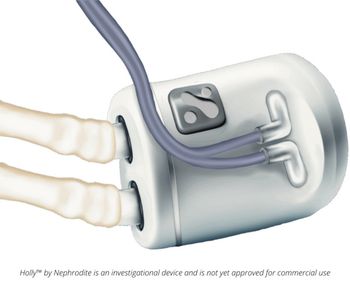
Women pay more than men for out-of-pocket health costs: study
Even excluding pregnancy-related costs, women spend $266 more per year than men
The “pink tax”—the widespread practice of charging women more than men for the same product or service—also applies to health care, a new study finds.
Deloitte examined the
The results showed that in 2021 women paid, on average, paid 20% more out of pocket than men, and 18% after relevant maternity claims were removed. Extrapolating the 18% difference and applying it to all women in the dataset who are insured through their employer reveals that women spend $15.4 billion more out-of-pocket annually than men.
The study also revealed differences in health care consumption patterns between women and men. Men are generally more than twice as likely as women to wait more than two years between visits to see a health care professional.
When men do seek care, they often have fewer services: 46% of men in the study have less than $1,000 in claims annually compared to 35% for women. Women generally encounter medical services that surpass the typical deductible, leading to higher out-of-pocket payments. The categories of services women seek or receive more frequently than men include radiology, laboratory, mental health, emergency department, office visits, physical/occupational therapy and chiropractic.
Women also tend to reach their out-of-pocket maximums more often than men, the study finds. Factors contributing to the difference include early-age recommendations for annual checkups, frequent gynecological examinations, the high cost of breast cancer compared to other types of cancer and the effects of menopausal transitions, among others.
The report puts the cost of closing the gap at $1.34 billion when excluding maternity claims and applying it to the entire working population, defined as adults aged 19-64. It suggests that by using “enhanced products” designed to modify cost sharing for certain services. Doing so, it says, would probably cost the average employer offering coverage less than $1 per month per employee.
Newsletter
Stay informed and empowered with Medical Economics enewsletter, delivering expert insights, financial strategies, practice management tips and technology trends — tailored for today’s physicians.














